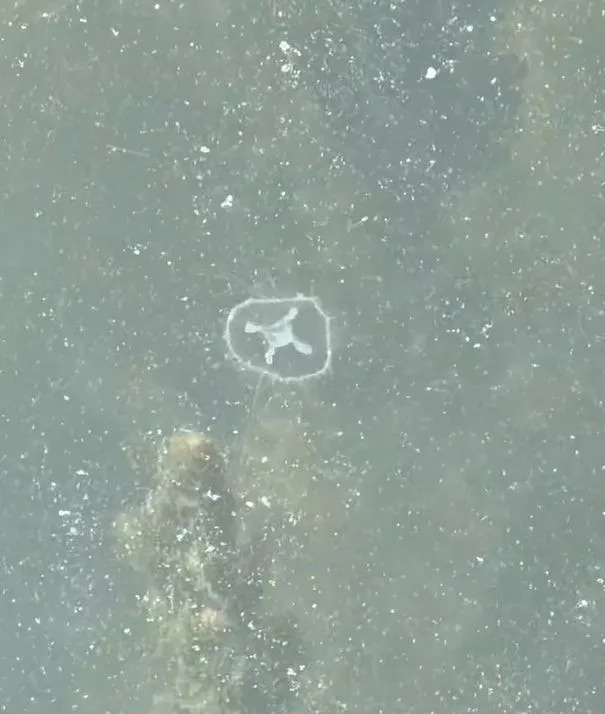Rare Freshwater Jellyfish Appear in Lake Erie, Sparking Curiosity

Unusual sightings of a non-native freshwater jellyfish have recently been documented in Lake Erie, captivating researchers and residents alike. These diminutive creatures, originating from Asia, are roughly the size of a penny and represent an infrequent occurrence within the Great Lakes ecosystem.
Scientifically known as Craspedacusta sowerbii, these jellyfish are native to China’s Yangtze River valley. According to data from the U.S. Geological Survey (USGS), they were first identified in the United States in 1880 and have since been recorded across 44 states and the District of Columbia, now appearing on every continent. Their presence in Ohio was first documented in 1933, with subsequent findings reported in lakes and rivers throughout the state.
These jellyfish reproduce both sexually – a rare event – and asexually through budding, where one polyp generates another. Occasionally, polyps produce a bud that develops into a free-living medusa. While introduced to North America, Craspedacusta sowerbii are not classified as an invasive species. The USGS reports they do not pose a significant threat as predators of small fish or their eggs.
The jellyfish prefer tranquil aquatic environments and have been observed in lakes, reservoirs, artificial basins, quarries, and algae-rich ponds and rivers. They typically reside near the bottom of shallow waters to conserve energy for feeding or evading potential dangers. Their coloration ranges from greenish hues to white, with a diameter typically between 5 and 22 millimeters. Composed primarily of water, they lack a skeletal structure and specialized organs for respiration and waste removal, exhibiting a small bell-like shape characteristic of jellyfish, alongside three to seven tentacles each tipped with eyespots; shorter tentacles aid in feeding while longer ones assist with movement.
Although possessing stinging cells, these freshwater jellyfish are unable to penetrate human skin. Their diet consists primarily of zooplankton—tiny organisms ranging from 0.2 to 2.0 mm – which they paralyze using their stinging cells before ingestion.









